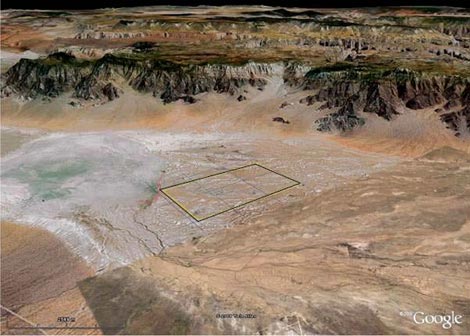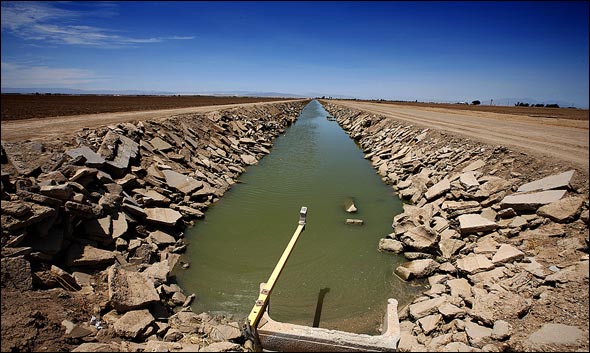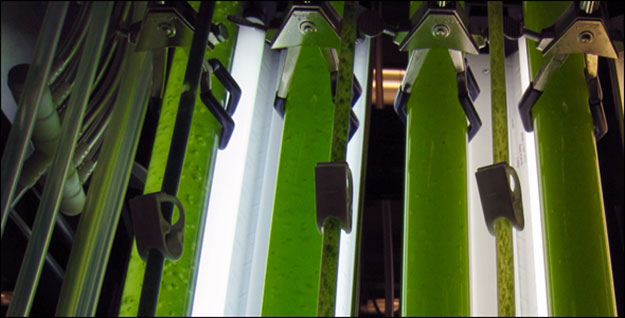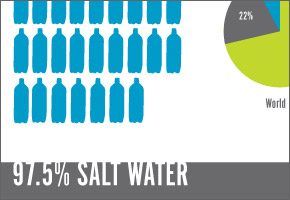Four thousand acres of private land in the Mojave desert are slated to become the site of an ambitious new concentrating solar power (CSP) plant: Hualapai Valley Solar (HVS). Named one of the Top 100 US Strategic Infrastructure Projects by CG/LA Infrastructure LLC, HVS is expected to produce 340MW of electricity, provide hundreds of new jobs and attract new business to the local area.There’s only one problem — water.
 HVS will consume an estimated 800 million gallons of water each year, placing significant pressure on the local aquifer. According to an article in the Kingman Daily Miner: Read more
HVS will consume an estimated 800 million gallons of water each year, placing significant pressure on the local aquifer. According to an article in the Kingman Daily Miner: Read more





